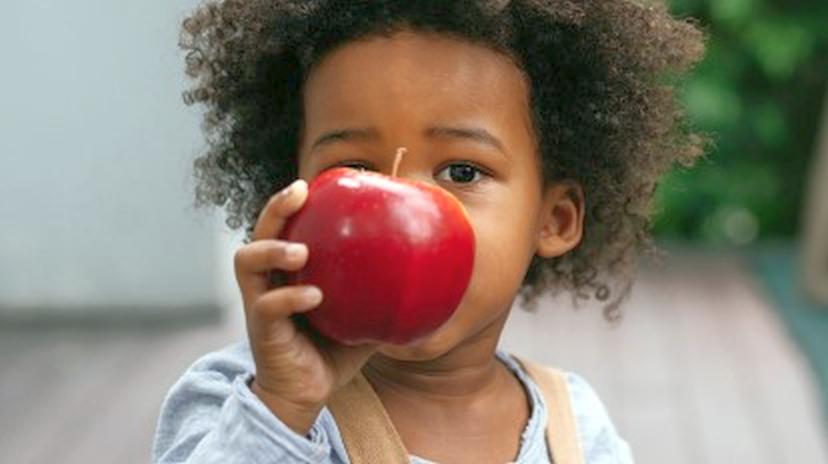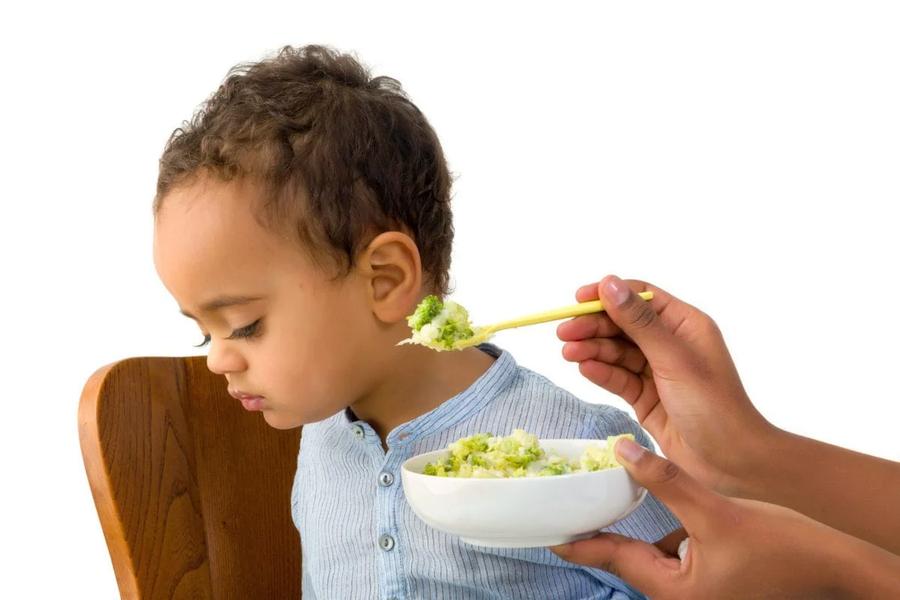by The Nutrition Foundation
It is normal for young children to refuse to eat certain foods from time to time. Some children will be reluctant to eat new foods and others will reject foods that are familiar even if they have previously eaten them without any fuss! Typically, these types of behaviour tend to reach a peak between 2 and 6 years of age, after which most children will become more accepting of a variety of foods. Despite this stage being fairly normal, ‘fussy’ eating should not be ignored because it is important that young children get used to eating a healthy, varied diet that includes foods from the four main food groups.
It might sound obvious, but the key to overcoming fussy eating is to help your child learn to like the foods you offer, because children will eat more of foods they enjoy. It is important to remember that children are born with very few food likes and dislikes – they acquire these through experience – and nearly all children are capable of learning to like a variety of foods from the four main food groups. You can help them to do this in a number of ways:
Exposure, exposure, exposure!

Repeatedly offering a food, so that it becomes familiar, is known to increase children’s willingness to try it and eventually to like it. You might need to offer some foods 5 – 15 times or more before your child learns to like them, but they should get there in the end so don’t give up! You can increase the familiarity of foods in a number of ways, most obviously by offering them at meal and snack times, and also by teaching your child about food during playtime. Ideas include growing foods, cooking and handling foods, messy food-related play, reading stories and singing songs about healthy foods.

Relax and praise
Pressurizing or coercing your child into eating certain foods can sometimes work in the short-term, but this tactic may backfire because your child is likely to develop negative associations with the food and be even less likely to eat it in the future. Pressure can take many forms including bribery (eat your broccoli and then you can have pudding); coercing (you will eat your broccoli); emotional blackmail (I’ll be cross if you don’t eat your broccoli) punishment (you will not watch your favorite TV show if you don’t eat your broccoli); pressure (you need to finish all the broccoli on your plate) and force feeding (physically trying to put food into your child’s mouth). The best approach is to offer foods in a relaxed way and to let your child decide how much they want to eat; when your child tries a new food or eats something they previously refused, even if it’s only a tiny piece, praise your child. Praise can help children to develop positive associations with food which will mean that they will be more likely to eat them again in the future.

Create a healthy home
Aim to create a healthy home environment that is conducive to healthy eating. Stock up on healthy foods from the four main food groups and try to avoid having foods high in fat, salt and sugars on display or in your child’s reach. ‘Modelling’, that is, allowing your child to learn from watching how you behave, has been shown to be an effective way to encourage children to accept new foods so lead by example and eat the foods that you would like your child to eat. It is also a good idea to limit your child’s exposure to food advertising, for example by limiting their screen time, as this might negatively influence your child’s food preferences by encouraging liking of foods high in fat, salt and sugars.

The information contained in this article is for educational and informational purposes only and is not intended as health or medical advice. Always consult a physician or other qualified health provider regarding any questions you may have about a medical condition or health objectives.





